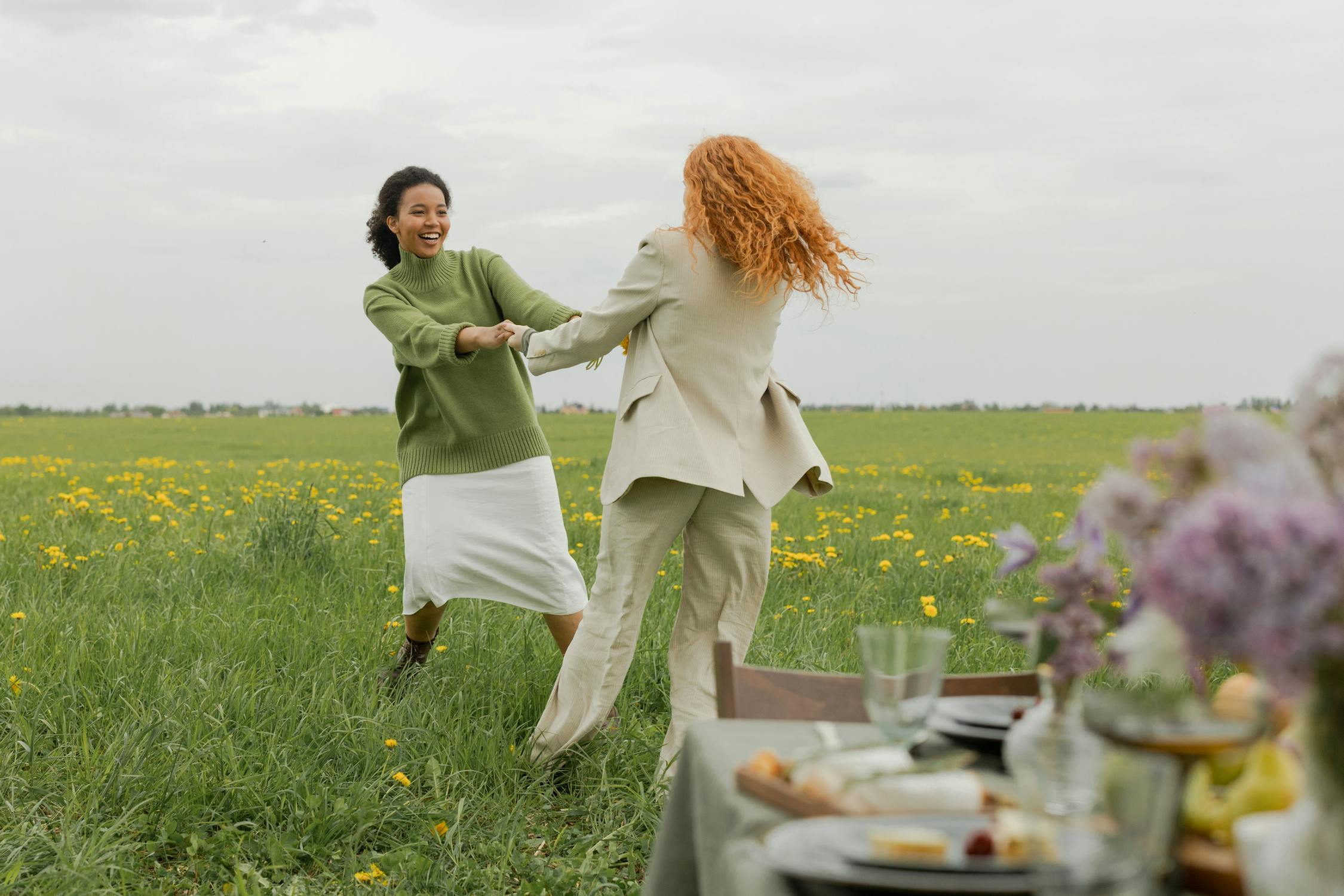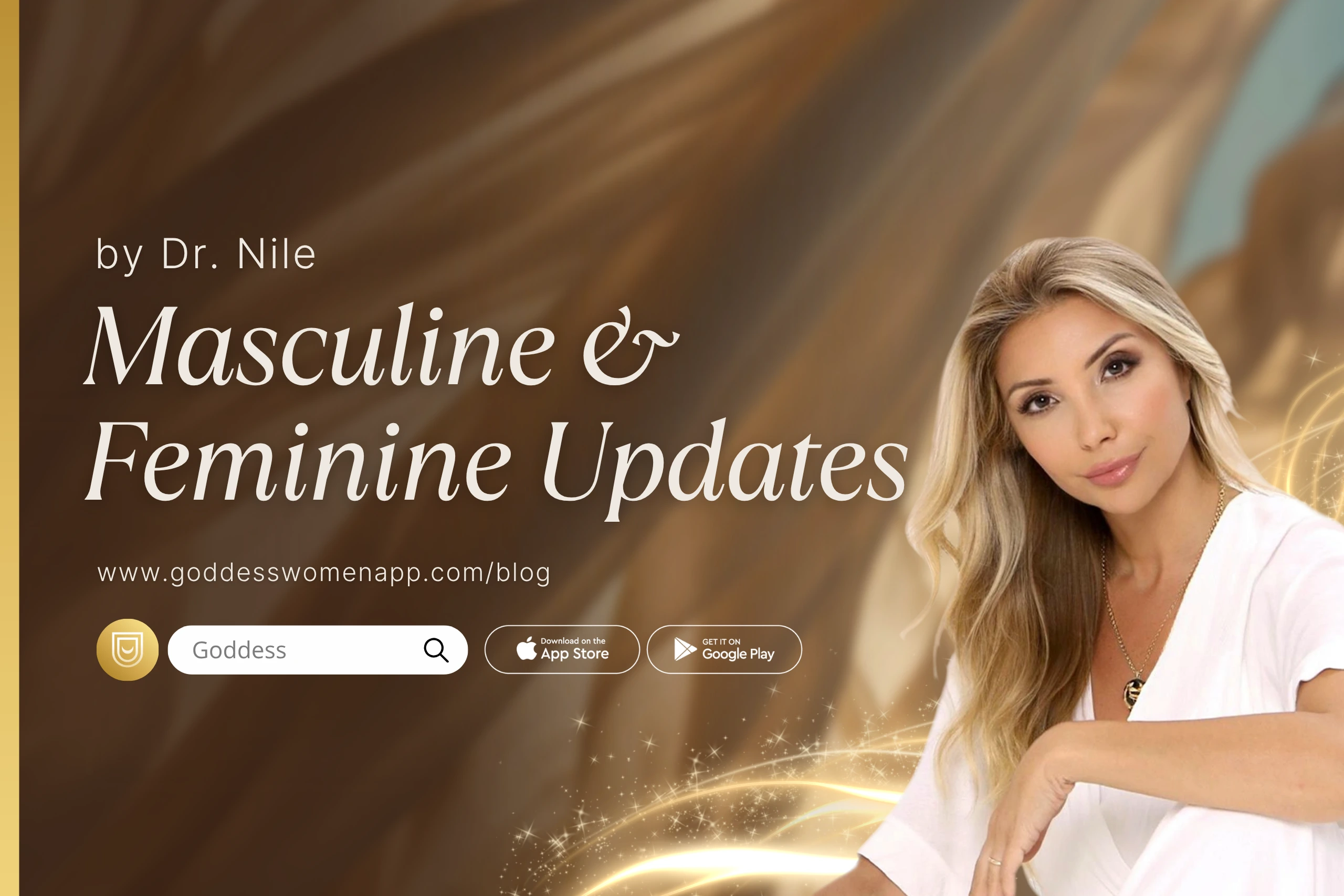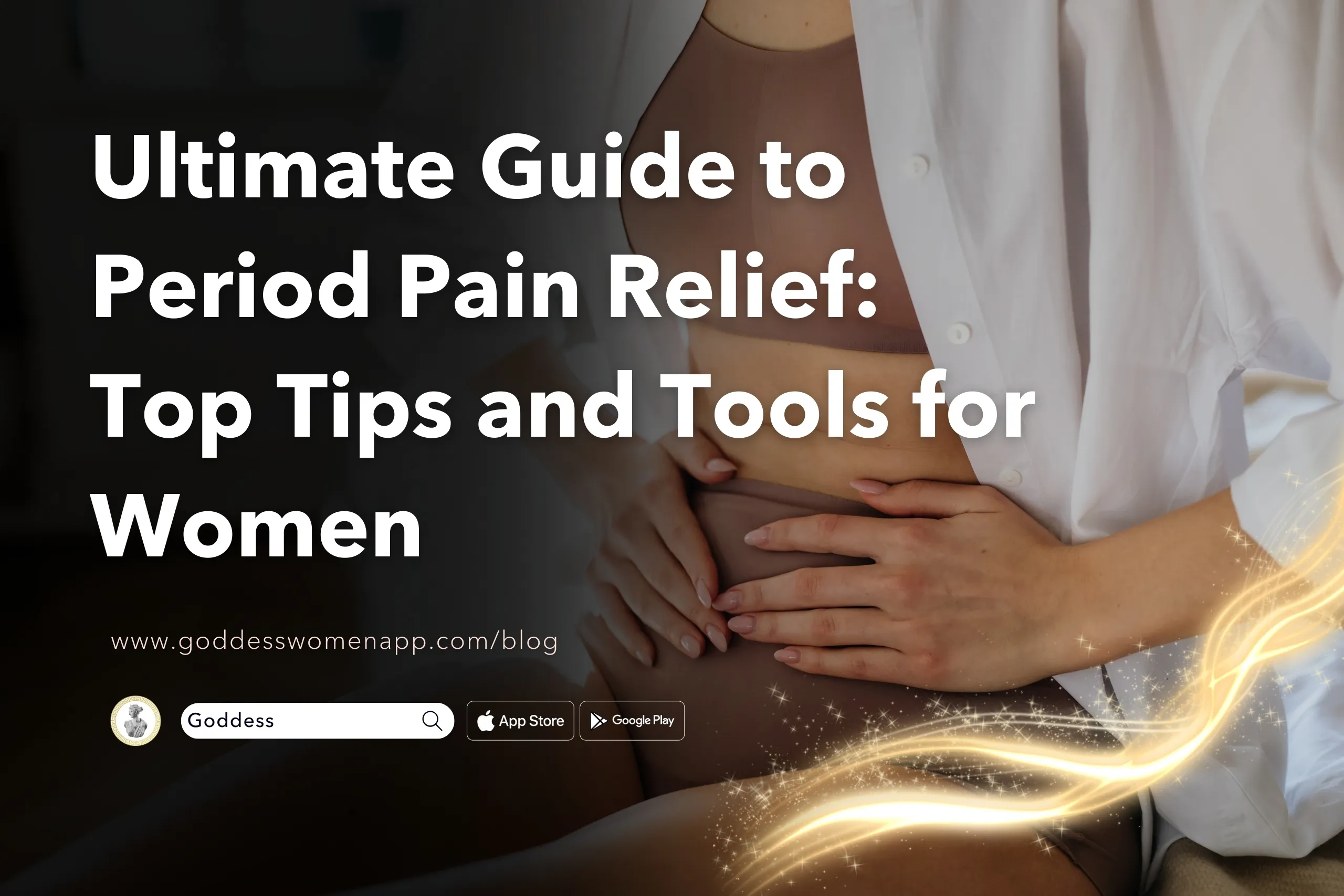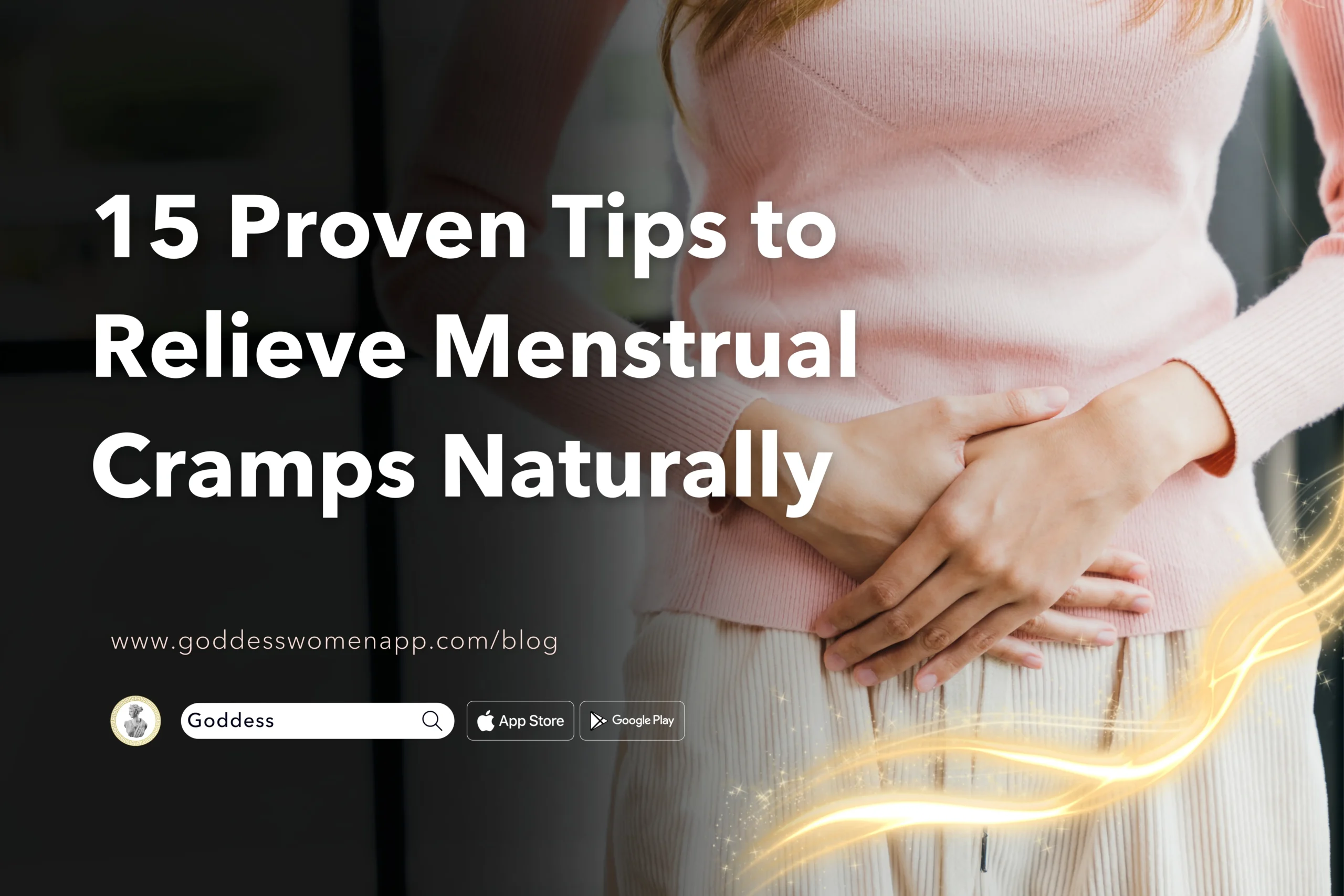Table of Contents
Since antiquity, women have gathered in sacred circles to share wisdom, rituals, and support, creating a unique space for empowerment and sisterhood. These gatherings have evolved over centuries, encompassing various forms of rituals and social contexts. From ancient menstruation and fertility rites to modern-day book clubs and political gatherings, women’s circles have remained a powerful force, fostering personal growth, connection, and empowerment.

Ancient Rituals and Women’s Circles in Antiquity:
In the ancient world, women’s circles played a central role in communities, especially during significant life transitions. Menstruation rituals, for instance, were performed as a rite of passage, honoring the cyclical nature of womanhood and celebrating the power of femininity. Fertility rituals were also common, seeking the blessings of the divine for fruitful harvests and successful pregnancies.
Menstruation Rituals:
Menstruation was considered a powerful and mysterious aspect of womanhood in both Greek and Roman cultures. Women believed that their menstrual cycles were linked to the cycles of the moon and the earth, symbolizing fertility and the continuous circle of life. In women’s circles, menstruation rituals were conducted to honor this natural process and invoke the blessings of the goddess of fertility.
During these rituals, women would come together during the new moon, a symbol of new beginnings, purification, and renewal. They would perform sacred dances, chant hymns, and offer offerings to the goddess. These rituals were a time of reflection and connection to the divine feminine within each woman, reinforcing their sense of identity and purpose.

Fertility Ceremonies:
Fertility was of utmost importance in ancient societies, as the continuity of the community depended on the ability of women to bear children. Women’s circles played a significant role in fertility rituals, which were held to invoke the blessings of deities associated with fertility and motherhood.
These rituals involved dance, music, and communal prayers to honor the goddess of fertility. Women would adorn themselves with flowers and wear garments symbolizing abundance and growth. The belief in the interconnectedness of women’s fertility with the fertility of the land and nature was at the heart of these ceremonies.
Support and Sisterhood in Women’s Circles:
Women’s circles in ancient times were more than just ceremonial gatherings; they were also a space for support and sisterhood. These circles offered women an opportunity to share their joys, sorrows, and challenges with other women who could empathize and offer guidance. Women would provide emotional support during childbirth, celebrate rites of passage, and care for one another during times of illness or loss.

Transcending Time:
The influence of women’s circles in Greek and Roman antiquity extended far beyond the rituals performed within them. These circles fostered a sense of empowerment, confidence, and unity among women. The knowledge and wisdom passed down through generations in these circles contributed to the cultural preservation and the development of female identity.
While the societies of ancient Greece and Rome were often patriarchal in structure, women’s circles provided a refuge where women could cultivate their spirituality, connect with the divine feminine, and embrace the unique qualities of womanhood.
A Legacy of Sisterhood in Women’s Circles:
The legacy of women’s circles in Greek and Roman antiquity continues to inspire women’s gatherings and sisterhood rituals in modern times. The essence of these circles, centered around rituals, support, and sisterly bond, transcends time and remains a potent force in celebrating the sacredness of womanhood and the divine feminine within every woman. Women’s circles are a testament to the enduring strength of sisterhood and its ability to nurture, empower, and connect women across generations.

Medieval Sisterhood and Sacred Gatherings:
During medieval times, women’s circles became clandestine spaces for women to share knowledge and spiritual practices. These gatherings were often hidden from patriarchal scrutiny and served as a refuge for female empowerment. Women exchanged herbal remedies, healing techniques, and wisdom passed down through generations, fostering a sense of sisterhood and mutual support.
Troubadour and Trobairitz Circles:
Troubadours and trobairitz were medieval poets and composers who contributed to the development of courtly love poetry. Some women trobairitz formed their own circles and composed poems that expressed their experiences of love and desire.
Challenges and Constraints:
Despite the existence of women’s circles in various spheres, women’s participation in public life was limited during the medieval period. Their roles were primarily confined to the domestic sphere as wives, mothers, and caregivers. The influence of women’s circles in broader political and intellectual realms was often restricted by prevailing gender norms.
Women’s Mystical Movements:
During the later medieval period, women were at the forefront of mystical movements, such as the Beguines and the Rhineland Mystics. These women formed close-knit communities focused on spiritual experiences, contemplation, and direct communion with the divine.

Challenges and Persecutions:
As history progressed, women’s circles faced challenges due to societal norms and religious beliefs. In some periods, such gatherings were branded as heretical or subversive and faced severe persecution. Despite these obstacles, women’s circles continued to thrive, adapting and surviving in different forms.
Christianity:
In early Christianity, women’s circles were prevalent and played a significant role in the spread of Christian teachings. Women gathered for prayer, worship, and communal support, especially in the context of house churches. These gatherings allowed women to strengthen their faith, discuss spiritual matters, and support each other in challenging times.
However, as Christianity evolved into an organized institutional religion, the role of women began to diminish. Women’s leadership within the church was gradually suppressed, and women’s circles were often relegated to more informal, private settings. The rise of patriarchy within the church hierarchy limited women’s participation in religious decision-making and led to the marginalization of women’s voices.
In modern times, there has been a resurgence of women’s circles within some Christian denominations. Women have reclaimed their spiritual agency and formed supportive groups to explore feminist theology, women’s issues, and social justice from a Christian perspective.

Islam:
In the early years of Islam, women’s circles played an essential role in the Muslim community. The Prophet Muhammad’s first wife, Khadijah, and later his youngest wife, Aisha, were renowned for their scholarly contributions and played key roles in transmitting Islamic teachings to other women.
During the early Islamic period, women’s circles provided opportunities for women to learn about their faith, engage in religious discussions, and seek advice on various matters. Women’s gatherings were seen as vital spaces for spiritual growth and community bonding.
However, over time, cultural practices and patriarchal interpretations of Islamic teachings led to more conservative views on women’s roles. In some societies, women’s participation in public religious spaces and gatherings became limited, and separate spaces were designated for women’s prayers and study circles.
In contemporary times, there has been a movement to reclaim and expand women’s participation in Islamic circles. Progressive scholars and feminist theologians advocate for gender-inclusive spaces and interpretations of Islamic texts that promote women’s empowerment and spiritual agency.
Judaism:
In Judaism, women’s circles have been a part of the community’s fabric since ancient times. Jewish women traditionally gathered for rituals, celebrations, and learning. Women’s gatherings were particularly significant during lifecycle events, such as weddings, births, and mourning, where women provided emotional support and shared wisdom.
Jewish women’s circles were crucial in preserving cultural traditions and passing down religious knowledge through generations. Women played a central role in educating their families and communities about Jewish customs and practices.
In the contemporary Jewish world, women’s circles continue to thrive. There are various women’s study groups, prayer circles, and organizations that focus on women’s spirituality, leadership, and communal involvement.
Renaissance:
During the Renaissance period, which spanned from the 14th to the 17th century, women’s circles played a multifaceted role that evolved in response to the changing social, cultural, and religious landscape of Europe. The Renaissance was a time of great intellectual and artistic flourishing, but it was also a period of significant gender inequality, which influenced the nature of women’s gatherings.
Intellectual Salons:
In Renaissance Italy and France, women hosted intellectual salons in their homes, inviting scholars, artists, and thinkers to engage in lively discussions about literature, philosophy, politics, and the arts. These salons offered women a rare opportunity to participate in intellectual and cultural life, although their influence was still limited compared to their male counterparts.
Religious Gatherings:
Women’s circles in the Renaissance period often revolved around religious practices and devotion. In convents and religious communities, women came together for prayers, study, and mutual support in their spiritual pursuits. These gatherings provided women with a space to cultivate their faith and engage in theological discussions.
Literary and Artistic Circles:
In some cities, women participated in literary and artistic circles, where they wrote poetry, composed music, and engaged in creative pursuits. The most well-known example is the literary and philosophical circle of the Accademia degli Incogniti in Venice, which included women writers and thinkers.
Craft Guilds and Trade Circles:
In urban centers, women were also active participants in craft guilds and trade circles, where they engaged in business activities and worked alongside men in various trades. These gatherings provided opportunities for women to network, share knowledge, and gain economic independence.
Courtly Circles:
In the courts of nobility, women participated in courtly gatherings, including dances, masquerades, and social events. These gatherings served as opportunities for women to display their social status and form alliances through marriage arrangements.
Healing and Midwifery Circles:
In rural communities, women often gathered for healing practices and midwifery. These circles were essential for sharing knowledge about medicinal herbs, childbirth, and women’s health, serving as spaces for women to support one another in times of physical and emotional need.
Challenges and Restrictions:
While women’s circles offered spaces for connection and empowerment, they were still subject to the prevailing gender norms of the time. Women’s participation in public life was often limited, and their role was primarily seen as wives, mothers, and caregivers. The influence of women’s circles in public and political spheres remained constrained.
Revival and Renaissance in Modern Times:
The 19th century saw a resurgence of women’s circles, reflecting the rising feminist movement. Political gatherings and suffragette circles emerged, empowering women to advocate for their rights and fight against oppression. These circles served as platforms for organizing protests, discussing social issues, and inspiring change.
The Role of Dance and Folklore:
In many cultures, traditional dance circles have held a significant place in women’s gatherings. Balkan women’s circle dances, for instance, have preserved ancient symbols and rituals, creating a space for feminine expression, creativity, and cultural heritage.

Contemporary Women’s Circles:
In modern times, women’s circles have diversified to suit the needs of today’s women. From support groups for personal growth to wellness circles for self-care, and book clubs that explore literature through a feminist lens, these gatherings continue to be spaces of connection, understanding, and empowerment.
Empowerment and Self-Discovery:
Women’s circles have become instrumental in empowering women to explore their identity, embrace their femininity, and reclaim their power. In these safe spaces, women can share their experiences, struggles, and triumphs, finding solace in a supportive community.
Women’s circles have evolved significantly since antiquity, adapting to the changing social, political, and cultural landscape. From ancient rituals to modern-day gatherings, these circles remain an integral part of female empowerment, providing women with a profound sense of connection, resilience, and spiritual growth. As women continue to uplift each other through the power of these circles, they create a legacy of strength and sisterhood that spans through time.





